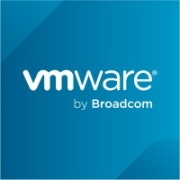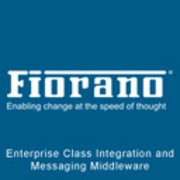Message Queue (MQ) Software helps businesses manage the asynchronous message communication between different applications or services, ensuring seamless data flow and system integration.
MQ Software is essential for enabling reliable message exchanges in modern architectures like microservices and cloud environments. It ensures that messages are delivered, stored, and managed efficiently, allowing for cross-platform communication and increasing system resilience. By supporting various messaging patterns and protocols, MQ Software offers flexibility and adaptability to meet specific business requirements.
What are the critical features of MQ Software?In industries such as finance and healthcare, MQ Software often integrates legacy systems with modern applications, improving processes like transaction handling and patient data management. Its scalable architecture suits sectors requiring real-time data processing with high security and reliability.
MQ Software provides businesses with a robust framework to manage complex communication patterns efficiently, helping to ensure reliable data movement and system interaction without compromising speed or security.
| Product | Market Share (%) |
|---|---|
| IBM MQ | 22.9% |
| ActiveMQ | 22.7% |
| Red Hat AMQ | 9.8% |
| Other | 44.60000000000001% |



























Message Queue Software enhances system scalability by decoupling application components, allowing them to communicate asynchronously. This approach ensures that services can be scaled independently, accommodating varying loads without impacting the entire system's performance. When demand spikes, you simply scale up the message processing component, ensuring optimal utilization of resources and seamless user experiences.
What are the security measures in Message Queue Software?To ensure data integrity and privacy, Message Queue Software incorporates robust security measures such as encryption, access control, and authentication. Encryption protects message content from unauthorized access during transit and storage. Access control ensures that only authorized users or systems can send or receive messages. Authentication verifies identities, preventing malicious entities from entering the queue.
Why is fault tolerance crucial in Message Queue Solutions?Fault tolerance is essential in Message Queue Solutions to maintain system reliability and uptime. If a service fails, the message queue retains messages, preventing data loss. When the service is restored, it continues processing messages. This built-in redundancy ensures uninterrupted service in case of unexpected failures, supporting business continuity and minimizing operational disruptions.
What factors should you consider when selecting Message Queue Software?When choosing Message Queue Software, consider factors like throughput, latency, support for multiple message protocols, and integration capabilities with existing systems. Assessing vendor support and community engagement is also important, as it impacts long-term reliability and feature updates. Tailor your choice based on whether the focus is on real-time processing, batch processing, or both.
How can Message Queue Software support microservices architecture?Message Queue Software is pivotal in microservices architecture, providing a communication backbone that supports service decoupling. By enabling asynchronous communication, it ensures independent scalability and fault containment among microservices. This leads to greater flexibility, allowing you to develop, deploy, and scale services independently, enhancing overall system resilience and agility.